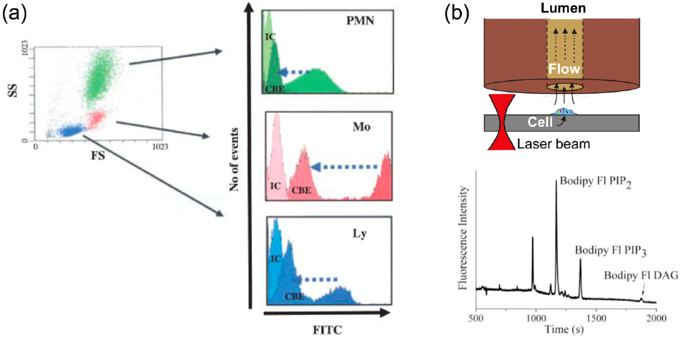Cell is the basic unit of the structure and activity of life body, so it is necessary to take cell as the research basis to understand some rules of life activity in life body. For the study of individual cells, more accurate and comprehensive cell information can be grasped, which is of great significance for the study of other disciplines and the early prevention and diagnosis of diseases. Single cell enzyme activity analysis is a real-time, in situ, minimally invasive signal detection and analysis technology to determine a variety of signaling molecules, biomarkers and enzyme activities at the subcellular and molecular levels of single cells. At present in the single-cell level of enzyme activity analysis mainly based on the following two aspects: image-based analyses and flow-based systems.
Image-based single-cell enzyme analysis techniques are performed using microscopes in combination with fluorescence substrates, or FRET substrates, which are based on the principle of fluorescence Resonance Energy transfer (FRET). Early analyses used an oil layer to confine single cell lysates to individual nanoliter-volume droplets. We currently adopt the latest microfluidic device, while early analyses used an oil layer to confine single cell lysates to individual Nanoliter-volume droplets.

Flow-based systems represents the gold standard for high-throughput single-cell measurements. Flow cytometric analyses often use fluorescent antibodies to measure enzyme (or phosphoenzyme) concentration as a proxy for enzyme activity.


Our laboratory keeps a close eye on the development of science and technology and uses the latest test equipment and methods. If you are interested in our single-cell enzyme assay services, please feel free to contact us. We look forward to cooperating with you.
Reference
Fill out this form and one of our experts will respond to you within one business day.